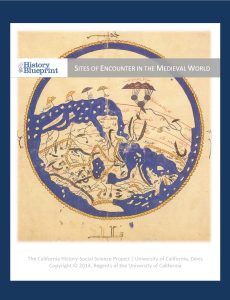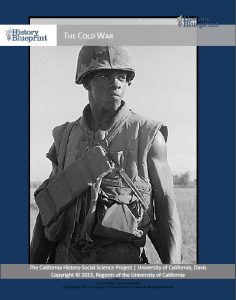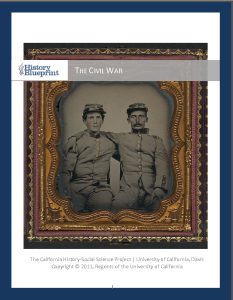| Content Standard |
Lesson Title |
Resources |
|
How can memorials help us understand continuity and change in our community? |
Lesson |
| 11.8 |
Why are there so many freeways in Boyle Heights |
Lesson |
| 11.7 |
How did Zoot Suit fashion challenge the accepted culture of the 1940s? |
Lesson |
| 11.2 |
What were the causes of the Anti-Chinese Massacre? – Lost LA Curriculum Project |
Lesson |
| 11.2 |
How was gender challenged during urbanization in the late-19th century and what was the response? – ONE Archives |
Lesson |
| 11.5 |
In what ways did the Entertainment Industry Impact African Americans in Los Angeles During the Early 1900s? – Lost LA Curriculum Project |
Lesson |
| 11.5 |
What were the costs and benefits of Los Angeles urban growth in the 1920s? – Lost LA Curriculum Project |
Lesson |
| 11.5 |
Were LGBT Americans welcome in Hollywood during the 1920s and 1930s? – ONE Archives |
Lesson |
| 11.6 |
What internal and external factors shaped African-American South Central between the 1920s and 1950s?
– Lost LA Curriculum Project |
Lesson |
| 11.8 |
How did The Ladder magazine provide lesbian women support in the 1950s? |
Lesson |
| 11.8 |
How can we make the Beach Culture in So Cal Equitable for all? – Lost LA Curriculum Project |
Lesson |
| 11.8 |
How youth in East L.A. and the San Gabriel Valley challenge discrimination and segregation in the 1950s? |
Lesson |
| 11.8 & 11.10 |
How did African Americans adapt to the challenge of traveling in the United States over time? – Lost LA Curriculum Project |
Lesson |
| 11.8 & 11.10 |
What can historical markers tell us about what is important in the San Gabriel Valley (SGV) and in the Greater Los Angeles area? – Lost LA Curriculum Project |
Lesson |
| 11.9 |
How were gays and lesbians viewed and treated by the U.S. government? |
Lesson |
| 11.9 |
How did LGBT Americans respond to the Vietnam War? – ONE Archives |
Lesson |
| 11.10 |
What led to the segregation of neighborhoods in the United States? – UC Berkeley History-Social Science Project |
Lesson |
| 11.10 |
How have opportunities for Mexican immigrants to the U.S. changed during the 20th century? – UC Berkeley History-Social Science Project |
Lesson |
| 11.10 |
How was Prop 187 resisted and ultimately defeated? |
Lesson (pdf)
Lesson (Google Doc) |
| 11.10 |
What caused the Black Cat Tavern Riots? |
Lesson |
| 11.10 |
To what extent was the movement for LGBT rights part of the broader movement for Civil Rights? |
Lesson |
| 11.10 |
How did the movement for LGBT equality go from assimilation to “coming out” in the 1950s-1970s? |
Lesson
Powerpoint |
| 11.10 |
How did Bayard Rustin’s identity shape his beliefs and actions? |
Lesson |
| 11.10 11.11 |
Were the 1950s truly the “dark ages” for gay men and women as some historians have claimed? |
Lesson |
| 11.11 |
Why and how did activists respond to the AIDS crisis of the 1980s? |
Lesson |
| 11.11 |
How did Harvey Milk and the Briggs Initiative unite marginalized groups? |
Lesson |
| 11.11/12.2 |
Through analyzing Audre Lorde’s essay on multiple identities and systems of oppression, how do power and privilege impact the relationships people have with each other as well as with institutions? |
Lesson |
|
How did Latinx Riversiders Create a Thriving Community at the Beginning of the 20th Century? |
Lesson |
|
Do you agree that Syrian Americans can be defined with the term Mestizaje? Why? If not, what term would you use instead? Why? |
Lesson |
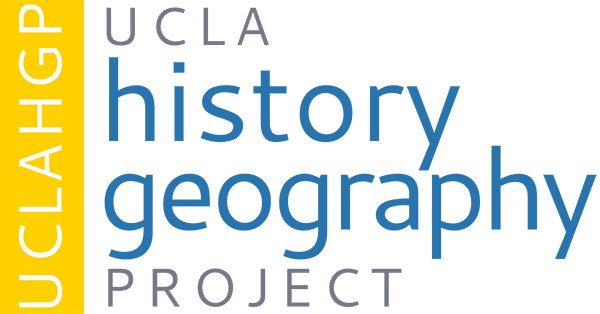
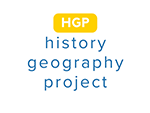

 We continue to collaborate with our partners at PBS and the USC Libraries to create lesson plans for the Emmy-award-winning series
We continue to collaborate with our partners at PBS and the USC Libraries to create lesson plans for the Emmy-award-winning series 